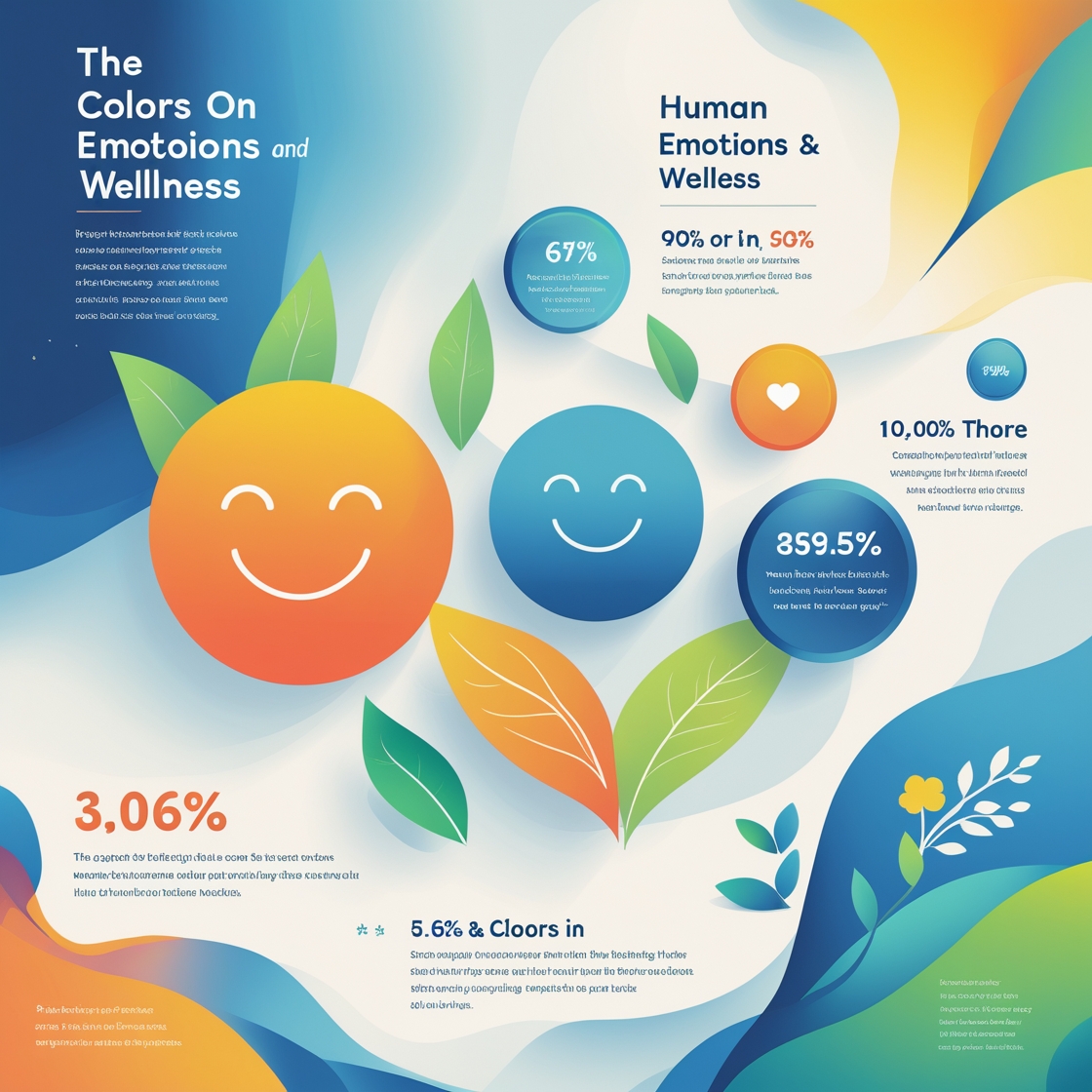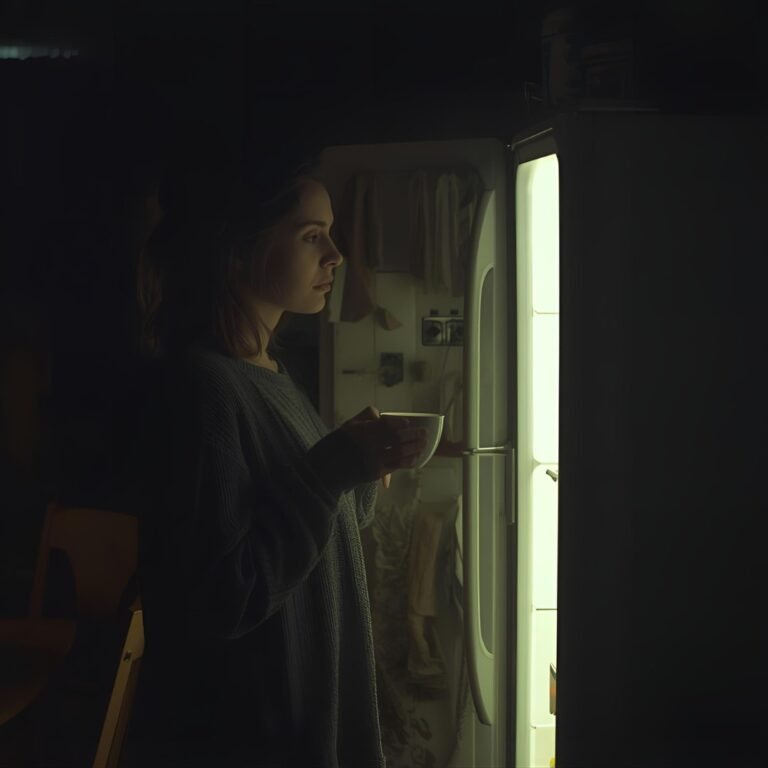Disclosure:
Thank you for reading this post, don't forget to subscribe!
Some of the links on this website are affiliate links. This means that if you click on the link and make a purchase, we may receive a small commission at no extra cost to you. Your support helps us keep the site running.Learn more on my Privacy Policy and Affiliate Disclosure page. Thank you for your support!
Have you ever walked into a room and instantly felt calmer or more energized? Our surroundings profoundly impact our health, both physically and mentally. The concept of creating “healing spaces” at home isn’t just trendy—it’s backed by science. This comprehensive guide explores how you can intentionally transform your home environment into a healing sanctuary that promotes optimal health and well-being.
Understanding Healing Spaces: What Are They and Why Do They Matter?
“Healing spaces” refer to intentionally designed environments that promote physical, emotional, and psychological well-being. Studies indicate that our environments significantly influence stress levels, mood, and overall health. According to research from Harvard University, thoughtfully designed spaces can decrease stress, improve mood, and even expedite healing.
READ NEXT:
How Your Home Environment Affects Your Health
The Psychological Impact of Your Surroundings
Our home environments directly affect mental health, influencing anxiety, depression, and overall emotional wellness. Cluttered, chaotic environments can elevate stress hormones like cortisol, while calming spaces lower stress and promote relaxation.
Physical Health and Home Design
Beyond mental health, your physical environment also significantly impacts your physical health. Factors like air quality, natural lighting, ergonomics, and even colors influence sleep quality, immune function, and general vitality.
Key Elements of Creating Healing Spaces at Home

Decluttering for Clarity
Clearing clutter is the first essential step in crafting healing spaces. According to Marie Kondo’s philosophy, removing excess items not only opens up physical space but also creates mental clarity, reducing anxiety and stress.
Actionable Tips:
- Regularly schedule decluttering days.
- Keep only items that serve a purpose or spark joy.
Incorporating Nature: Biophilic Design
Biophilic design integrates natural elements into living spaces, fostering emotional and physiological wellness. Studies have shown that incorporating plants and natural materials into indoor environments reduces stress and enhances cognitive function.
Examples of Biophilic Elements:
- Houseplants (snake plants, pothos, spider plants)
- Natural wood furniture
- Water features like small fountains
Optimizing Natural Light
Natural lighting significantly impacts mood, circadian rhythms, and overall health. Exposure to daylight helps regulate sleep cycles and mood, boosting serotonin production.
Ways to Increase Natural Light:
- Install sheer curtains or blinds.
- Use mirrors strategically to amplify sunlight.
Explore our detailed post on Creating Your Personal Sanctuary for more insights into optimizing your space.
Designing Room-by-Room Healing Spaces
Bedroom: Your Sleep Sanctuary
Prioritize tranquility in your bedroom design to enhance sleep quality.
- Choose calming colors like blues, greens, or neutrals.
- Invest in comfortable, breathable bedding.
- Eliminate electronics to reduce distractions and blue light exposure.
Home Office: Productivity and Wellness
A well-designed workspace boosts productivity and supports mental health.
- Select ergonomic furniture to prevent physical strain.
- Ensure proper lighting to reduce eye strain.
- Incorporate plants to enhance air quality and mood.
Check out our guide on Mindfulness Practices for tips on integrating wellness routines into your home office.
Living Room: Center for Relaxation and Connection
Create a warm, inviting living room to foster relaxation and positive social interactions.
- Comfortable seating arrangements for conversation and relaxation.
- Soft, ambient lighting and natural textiles like cotton and wool.
The Role of Colors and Textures in Healing Spaces

Colors and textures significantly affect mood and emotional well-being. Research indicates that certain colors evoke specific emotional responses:
- Blue and green tones promote calmness.
- Earth tones create warmth and stability.
- Soft textures enhance comfort and relaxation.
Common Mistakes to Avoid
Overlooking Air Quality
Poor indoor air quality can negatively impact respiratory health and overall well-being.
- Regularly ventilate your home.
- Use air-purifying plants and air purifiers.
Ignoring Personalization
Your home should reflect your personality and values.
- Display meaningful artwork and photos.
- Choose decor that resonates personally with you.
Recommended Resources for Further Exploration
Visual Guide: Creating Your Healing Space
| Space | Key Elements | Health Benefits |
|---|---|---|
| Bedroom | Calming colors, quality bedding | Improved sleep, reduced stress |
| Home Office | Ergonomics, plants, lighting | Enhanced productivity, better posture |
| Living Room | Comfortable seating, textures | Social connection, relaxation |
RECENT POST:
Conclusion: Embrace Healing Spaces for a Healthier Life
Transforming your home into a healing space is an empowering step towards better physical and mental health. By mindfully decluttering, incorporating natural elements, optimizing your room layouts, and considering color psychology, you can create an environment that genuinely nurtures your well-being.
Ready to Create Your Healing Space?
Start transforming your home today! Share your experiences and favorite home wellness tips in the comments below. Explore more health and wellness content on Morningscape Mindset Media, and subscribe for regular updates on enhancing your lifestyle.
MORE ABOUT:
HEALTH / WELLNESS / FITNESS / NUTRITION
SHARE THIS ARTICLE
















